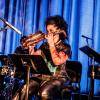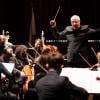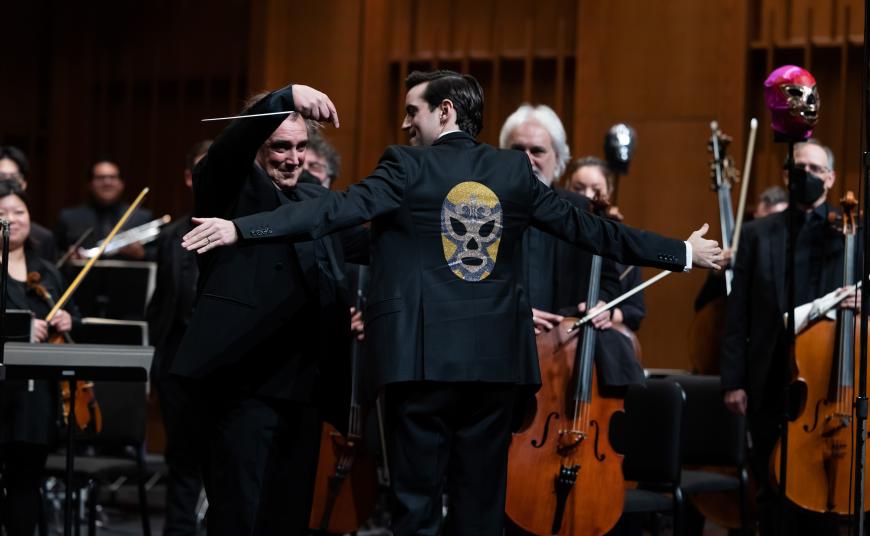
In one of the more unorthodox intersections of classical music with an alternate cultural universe, Los Angeles Chamber Orchestra launched its final concert of the calendar year with a close encounter with the tradition of Mexican wrestling, in the form of composer Juan Pablo Contreras’s new work, Lucha Libre! Fantastical wrestling masks, designed by Contreras’s wife Marisa, served as onstage props that identified the six soloists who served as surrogate wrestling foes, bouncing around the orchestral textures and presumably struggling for an imaginary crown.
Contreras’s witty “ringside” creation proved an ideal starting point for Sunday night’s serious yet breezy concert, which was touted as a “dance party.” The festive modernity of Contreras’s piece shared space with folk-inspired works by Hungarian composers György Ligeti, Béla Bartók, and Zoltán Kodály on the second half. In between came the feel-good warhorse of Antonín Dvořák’s Violin Concerto, played with expected aplomb (and yes, high spirits) by Gil Shaham. The venue — the Ambassador Auditorium in Pasadena, a legendary and acoustically warm space — added to the sense of a special occasion.
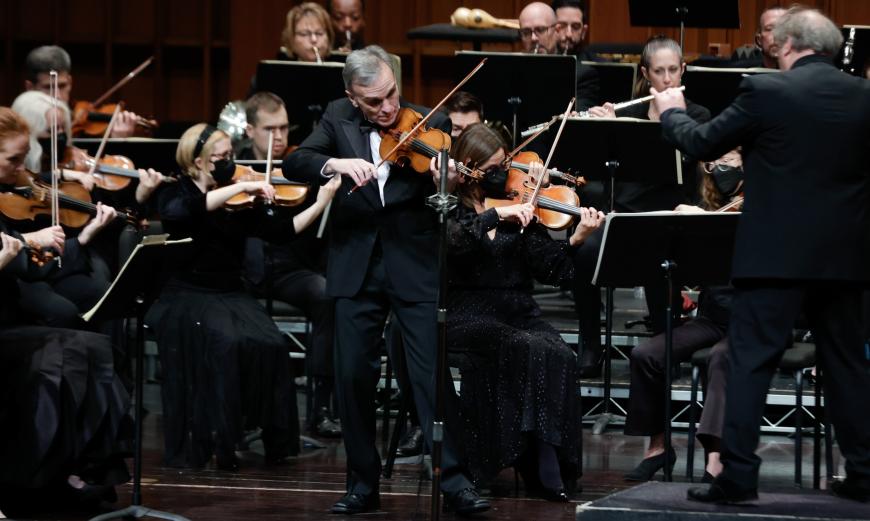
Contreras, born in Mexico and now based in Los Angeles, is an important younger artist making impressive strides at bridging the divide between European art music and Latin America. Lucha Libre!, despite its kitschy agenda, is a prime example of the composer’s fluid multiculturalism and expressive palette. In the score, you can detect echoes of both the melodic charge of Carlos Chávez and the iconoclastic sinew of Silvestre Revueltas. Robust themes and fragments keep up a propulsive energy through swells of terse energy, disruptive dissonances (think of wrestling twist-ups), and sweet Mexican folk colors.
Shaham’s ebullient and collaborative spirit was evident from his first moments onstage, interacting with an infectious warmth with Music Director Jaime Martín. The Dvořák concerto, always a crowd-pleaser, was in good hands all around here, with soloist, conductor, and a masterful orchestra in sync. For a solo encore, Shaham offered up a dose of sublimity relief with his deeply felt reading of J.S. Bach’s Gavotte en rondeau from the Partita No. 3 in E Major.
After intermission, as an in-house tribute, concertmaster Margaret Batjer honored fellow LACO violinist Julie Gigante, retiring from the ranks after 36 years. Along with musical skills, Gigante has bragging rights as one of the portrait subjects in a massive mural on the downtown 110 Freeway slicing through L.A. She’s an iconic violinist, even if most commuters don’t know her name or association.
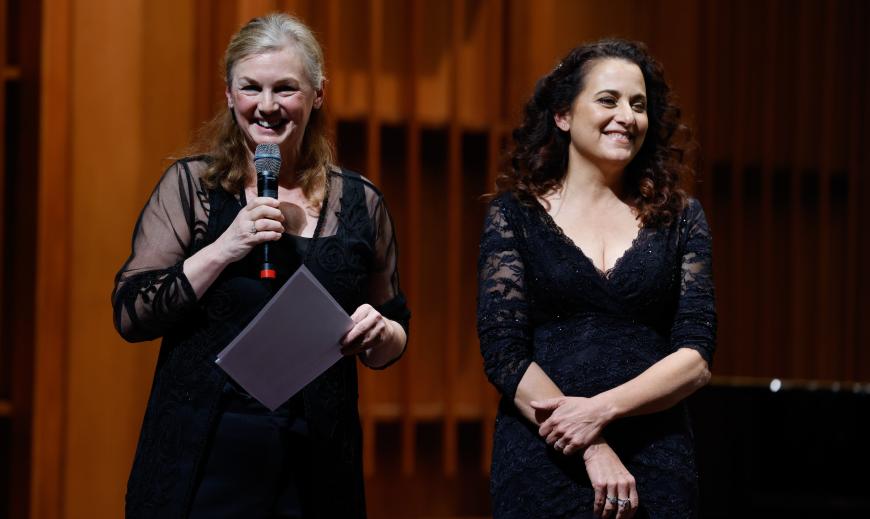
Part of what makes LACO special is its sense of both adventure and balance, traits served up during the Hungarian portion of the evening. The programming here nicely illustrated the notion of adapting and advocating for different types of folk music in serious settings, with different results.
For Ligeti’s 1951 Concert Românesc, written before and beside the composer’s avant-garde leanings, the clever admixture of folk elements and sly modernist touches came from an intentional desire to avoid censorship in a repressive Iron Curtain society. No such luck: The delicious and slightly subversive piece was censored, and not premiered until decades later.
Bartók’s use of folk music is legendary and presented in miniature form in his Romanian Dances, six pieces unfolding suggestively in the space of six minutes. Kodály’s friendlier musical personality bubbles over in the 1933 Dances of Galánta, a more substantial work, though it pales in comparison to Bartók’s muscular mindset.
For this finale, Martín — who confessed to loving Kodály’s piece as a child — was an especially exuberant and animated figure onstage. He remained attentive to details but even more so to the bigger dynamic picture of orchestral sound, whipping up not fury but festivity for this occasion.


